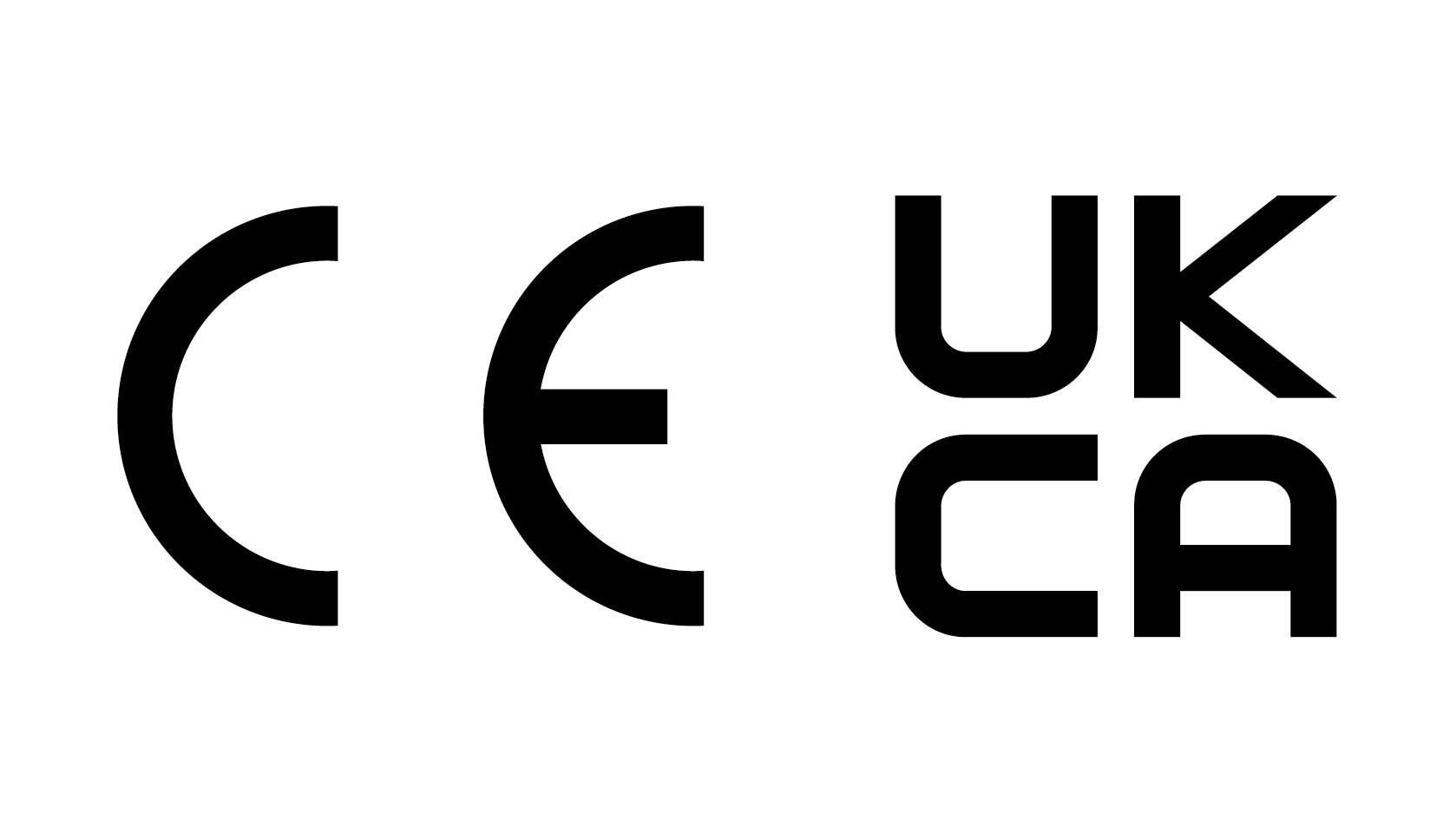UKCA Vs CE Marking: What’s the Difference?
Product marking is crucial for retaining market access, adhering to local legal requirements and offering safety and quality assurances to customers.
We're actively recruiting for a range of roles across sales, engineering, IT and warehouse. Check our careers page to see open positions including apprenticeships.

Whether you’re moving a single piece of equipment or an entire production line, our trusted team of engineers can support every step of your move, from rigging to end-to-end relocation support across the globe.

Table of Contents
Conformité Européenne (CE) marking is the European Union’s required certification for products, equipment and machinery supplied to European Economic Area (EEA) markets.
Although in the UK, UKCA marking came into effect on January 1st, 2021, the UK Government has released legislation that allows CE marking to be recognised indefinitely for products supplied to GB markets.
The manufacturer or, if applicable, the importer or distributor in those countries is entirely responsible for securing CE marking and affixing it to the product.
This involves the initial conformity assessment, setting up the technical file, issuing the Declaration of Conformity (DoC), and placing CE marking on the product.
In this guide, we’ll outline the six key steps required for CE marking compliance.
Download our free UKCA and CE Marking Guide here.
The first step is to identify the specific EU regulations and standards relevant to your product type. These directives specify the key requirements that your product must satisfy.
To do so, we recommend reviewing the official safety guidelines for your product on the GOV.UK website here.
If you supply capital equipment to high-technology industries, such as semiconductor and pharmaceuticals, your product may fall under the Electromagnetic Compatibility Directive, Machinery Directive or Low Voltage Directive, among others.
It may be helpful to consult with industry experts or regulatory professionals to ensure you fully comprehend the regulations and directives that apply to your product, equipment or machinery.
Unsure if your product, equipment or machinery is covered by CE marking? Find out here.
Depending on your product and the applicable directives, you may need to either conduct a third-party conformity assessment through a notified body or self-declare compliance.
Self-declaration means that, as the manufacturer, you take full responsibility for declaring that your product meets the required standards and regulations.
For higher-risk products (such as medical devices, pressure equipment, and appliances using gaseous fuels), self-declaration is not permitted, and a third-party conformity assessment is generally required. In this case, you'll need to find an EU-authorised notified body to perform the assessment.
Test your product, equipment or machinery for conformity with the identified directives.
These tests should include:
If any non-conformities are discovered during testing, you must take corrective actions to resolve them. This may involve modifying the product design, adjusting manufacturing processes, or updating the documentation.
At IES, we can test high-technology equipment against the following Directives:
To demonstrate CE compliance, you must create and maintain technical documentation that shows your product, equipment, or machinery meets the applicable EU directives and standards.
This documentation usually includes details on the design and manufacturing process of your product, evidence of its conformity with the relevant requirements, safety inspection reports, and test certificates.
It’s also your responsibility as the manufacturer to draw up your EEA Declaration of Conformity (DoC). This serves as a formal declaration that you’ve met all requirements and safety directives applicable.
After your notified body completes the conformity assessment or you make your self-declaration, it's time to apply the CE marking to your product.
As the manufacturer, it’s your responsibility to place the mark.
You should apply it directly to the product, but you may also place it on its packaging, manuals, or any related materials, depending on the specific directives relevant to your product.
Use of the CE marking image is subject to the following rules:
Once the CE mark is applied, you can place your products, equipment, and machinery on the GB market.

Our start-to-finish CE marking service covers every step of the compliance process, from assessing and testing high-technology equipment against specific directives to providing a Declaration of Conformity to aid self-declaration.
Stay up to date with the latest news and resources from our experts.

Product marking is crucial for retaining market access, adhering to local legal requirements and offering safety and quality assurances to customers.
.jpg)
Before you can sell or supply certain products, equipment and machinery in the European Economic Area, you must certify that they comply with CE...
Before you can sell or supply certain products in Great Britain, you must certify that they comply with UKCA marking regulations.